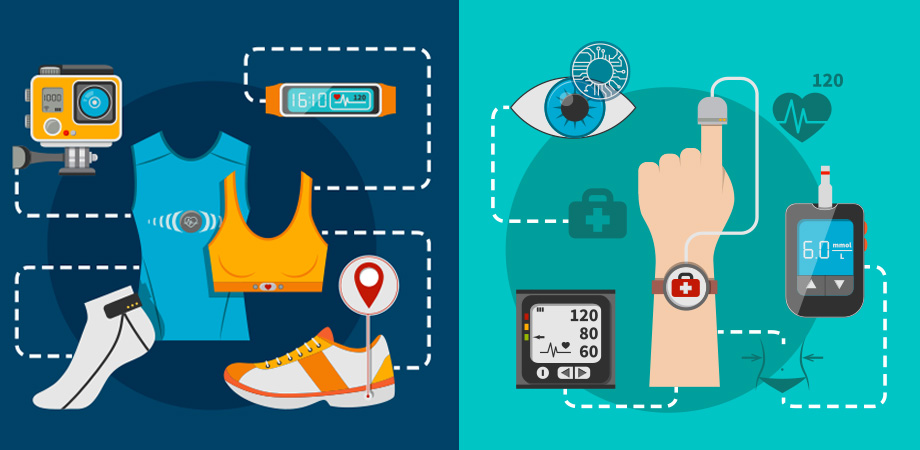COVID reshapes delivery of healthcare

Changes brought about by COVID-19 are all around us, from hastily set up home offices to the masks on our faces. Households, employers, and schools all have had to make accommodations for a new normal, but few sectors have been affected by the pandemic more than healthcare. In particular, healthcare delivery trends taking shape before COVID have accelerated noticeably since the virus began to spread.
Darren Roblyer, an associate professor of biomedical engineering at Boston University, recently published a perspective paper in the Journal of Biomedical Optics, outlining the accelerating shift toward wearable technologies and remote monitoring techniques since the start of the pandemic. In his paper, Roblyer examines the potentially large role biomedical optics technology plays in the quickly changing healthcare and research landscape.
"The biomedical optics community has the unique opportunity to develop new remote and wearable optical technologies to meet the changing needs of increasingly at-home healthcare delivery systems," says Roblyer.
Remote patient monitoring (RPM) combines the use of medical devices and information technology to communicate health data to a healthcare provider without in-person contact. RPM includes telemedicine, which together allows healthcare providers to communicate safely with their patients while tracking their health using data from wearable and other portable monitoring technologies. Popular devices such as the Apple Watch and Fitbit are examples of wearable monitors, but similar devices include digital stethoscopes, mobility trackers, and electrocardiograms.

Telemedicine and RPM technologies had a growing role in healthcare delivery even before the COVID-19 pandemic, but government responses to the virus, such as stay-at-home-orders and social-distancing rules, have pushed the technologies forward in many countries and healthcare systems. For example, as the initial wave of COVID-19 cases peaked in April 2020 in the US, telemedicine claims made up 20 percent of submitted claims in the northeastern part of the country. One year earlier, telehealth claims accounted for less than 1 percent.
Increased demand was not the only reason for the accelerated trend, however. To facilitate at-home healthcare, federal regulators changed rules or relaxed enforcement of policies related to RPM technologies and telemedicine. Because clinical trials also have been affected by the pandemic, the National Institutes of Health and National Cancer Institute have both pushed for technologies and telehealth to help monitor patients taking part in clinical studies.
Among the worries about the pandemic's impact on healthcare delivery are secondary health consequences, such as increased cancer deaths because of delays in screenings. Those consequences are likely to be evident for the foreseeable future, but new optical RPM technologies may mitigate them by maintaining patient access to basic healthcare. Additionally, wearable monitors may have the potential to assist with diagnosing COVID-19. Several research institutions have partnered with consumer wearable companies to study detection of early signs of COVID infection.
With the pandemic far from over, COVID-induced changes in the healthcare sector are not likely to end soon, either. But it's encouraging to know the biomedical optics community is already recognizing the significant opportunity to develop technologies that enhance the delivery of healthcare to those who need it.
Read the original research article in the open access Journal of Biomedical Optics: D. Roblyer, "Perspective on the increasing role of optical wearables and remote patient monitoring in the COVID-19 era and beyond," J. Biomed. Opt. 25(10), 102703 (2020) doi: 10.1117/1.JBO.25.10.102703.
| Enjoy this article? Get similar news in your inbox |
|



